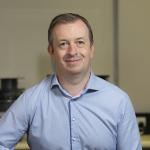
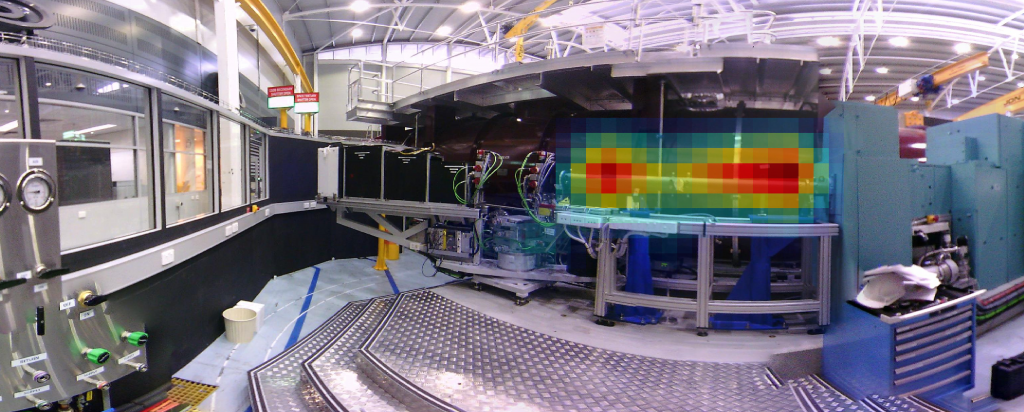
Compressed sensing technology
A team of physicists and engineers, led by Dr David Boardman, developed the patent protected CORIS360® platform imaging technology, using the theory of compressed sensing.
Quality images, with up to 10x fewer samples.
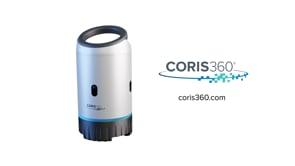
Traditional imaging techniques require 256 samples to reproduce a 256 pixel image.
Compressed sensing imaging, however, can generate an image with far fewer samples. For example, a point source can be imaged in only 25 samples, representing a 90% reduction in the number of samples needed.
This delivers significant savings in time, money and resources.
Images that are easy to interpret
Using a single, non-position sensitive detector, CORIS360® achieves a 360° horizontal field of view and 90° vertical view. This delivers an unparalleled scene visualisation in one acquisition, where a 360° radiation image is overlaid onto a 360°panoramic optical image of the scene to make interpretation much easier.

Only measuring useful information
To understand compressed sensing, think about how we take optical photos. Traditional imaging is based on the sampling of uniform discrete elements (pixels) in the entire image field of view. Everyday people use the digital cameras on their mobile phones to take pictures in this way. As these optical image files are large in size due to the millions of pixels they contain, they are often compressed into the JPEG format before sharing.
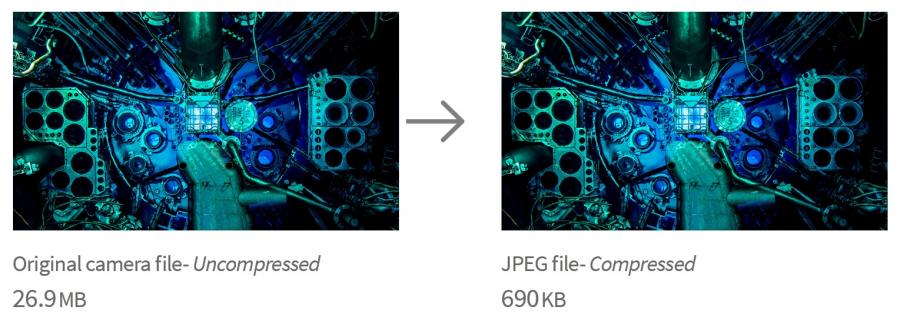
A compressed JPEG image contains all the important image information but is only a fraction of the original file size. This useful information is only a small fraction of the measured information. Imagine the benefits of only measuring the useful information. This is what compressed sensing does; it can directly acquire images in a compressed format, rather than measuring the entire data set and then compressing.
By using compressed sensing techniques, an image is produced with significantly less samples than traditional imaging methods—delivering faster results, while maintaining high image quality.
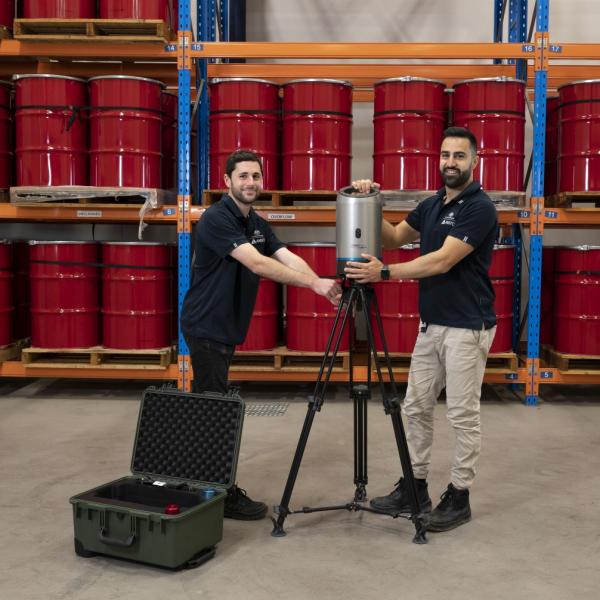
Versatile and portable technology
The spectroscopic detector makes it simple to identify radioactive sources with gamma emissions between 40 keV and >3 MeV.
The imaging technique can also create images of scattered radiation, which does not produce a photopeak in the gamma spectrum. CORIS360® is versatile in that it measures both low and high dose environments.
Portable, with a two-minute set up, the device is easy-to-use and remotely-operated to ensure personnel are kept safe—away from any harmful radiation that may be present.
